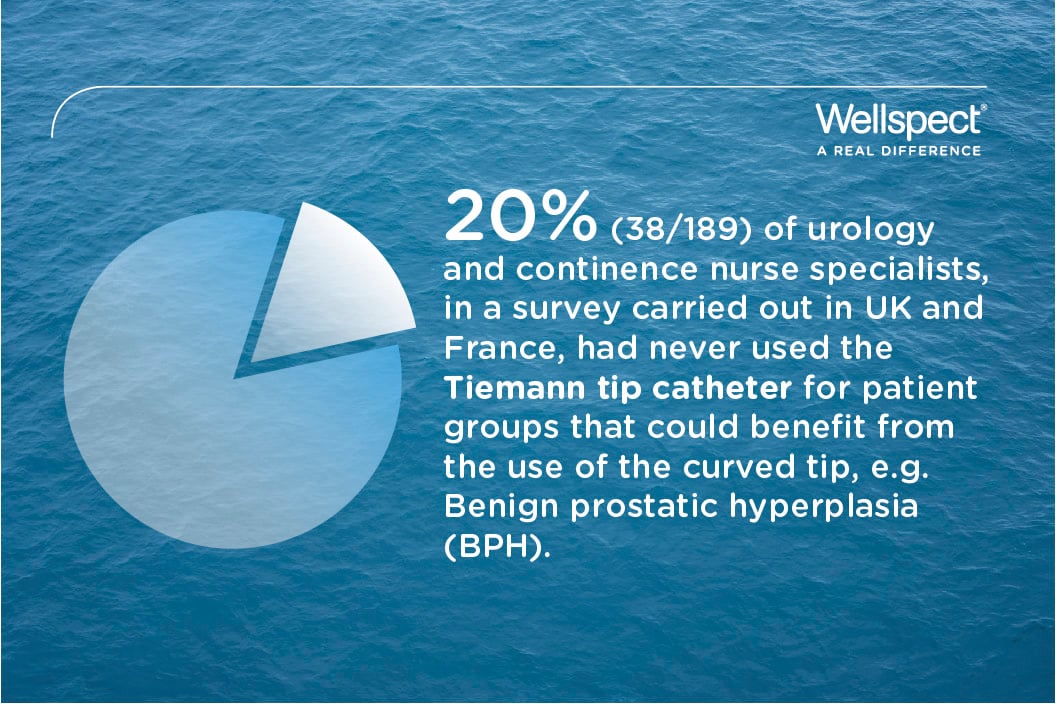The use of Tiemann tips for intermittent catheterization could benefit many patients with complex catheterization needs and with the right education, health care professionals can enhance patient care and reduce the strain on health care resources by avoiding further complications.
Lower urinary tract symptoms (LUTS) constitute a major burden for the ageing male population and are associated with high personal and societal costs, both in direct medical costs and indirect losses in daily functioning. The impact of LUTS on quality of life (QoL) has been demonstrated in many studies which show that it affects not only patients themselves, but their partners, families and work life. In comparison with other chronic illnesses, LUTS causes the highest rates of depression and anxiety. As men get older, LUTS increases, occurring in up to 30% of those aged over 65 years and the most common cause in this population is benign prostatic hyperplasia (BPH). It refers to the non-malignant growth of the prostate that develops as an age-related phenomenon in nearly all men, starting at around 40 years of age.
Performing intermittent catheterization (IC) in a patient population with obstructions in the urethra, strictures and/or enlarged prostate can be challenging. The features of the Tiemann tip (a more curved tip) help navigate obstructions in the male urethra which makes the catheterization procedure more comfortable and less traumatic. In a survey carried out among 200 urology/continence nurse specialists in UK and France it was shown that many health professionals are not aware of the Tiemann catheter and its benefits and do not use or offer it to patients.
The respondents cited lack of education as the main reason and when being unfamiliar with the catheter they were worried about inserting it incorrectly.
Some nurses commented that, even though they were happy using Tiemann tip catheters, they were concerned about patients using them in the community. This is because a lot of general hospital and community nurses are not aware of this type of catheter and, were there to be a problem, they might not know how to insert one correctly.
The conclusion from the survey is that more education is necessary to familiarize nurses with the Tiemann tip catheter, its uses and benefits. It is the authors’ opinion that this type of catheter could benefit many patients with complex catheterization needs and, with the right education, health professionals can enhance patient care and reduce the strain on health care resources by avoiding further complications.
Furthermore, there is a need to promote more use of IC to reduce the complications associated with the use of an indwelling catheter (NICE guidlines, 2015).




